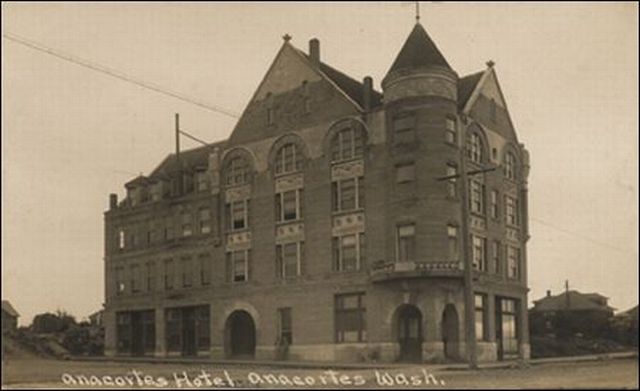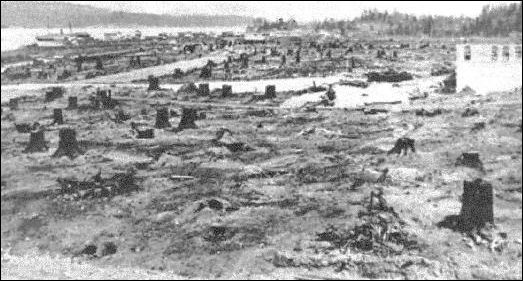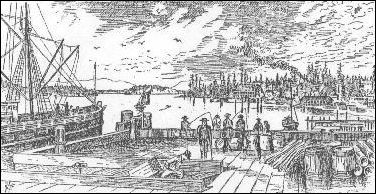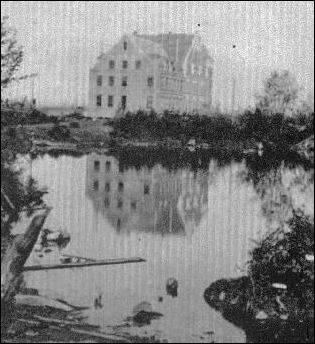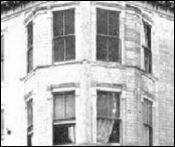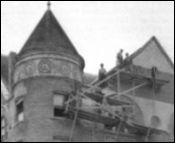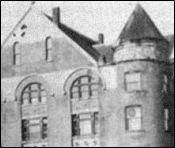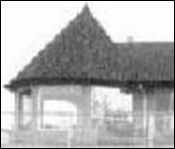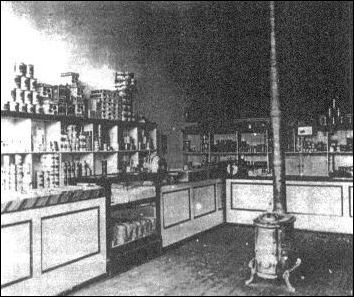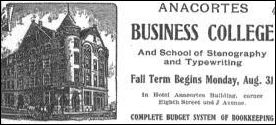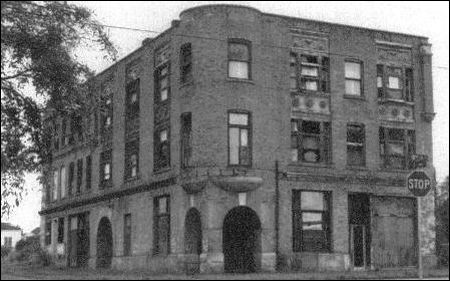The Anacortes Hotel was opened by George F. Kyle in January 1891 as the grandest of any hostelry in the county. What Mr. Kyle didn't know, but maybe suspected, was that it opened too late and that the magnificent Anacortes railroad and real estate boom was already fizzling. The grand dream that Amos Bowman conjured in 1879 fell like an old-time cake in the oven. Possibly the most gothic of any structure in northwestern Washington outside of Fairhaven's grand hotel, the Amacortes Hotel soon lost customers and its pride, the bank anchor customer folded and it faded into a secondary retail center, a school and finally a residential hotel. It soon became the symbol of a boom gone bust.
Claudia Lowman concluded after conducting her extensive research: "The neighbor kids, including Nancy Plancich, Claudia Lowman, Jim Williamson, and Dick Iversen, called this the 'old hotel.' It was built in 1890 by F.A. Kyle and was once an elegant establishment. During early days in Anacortes before the choice for a main street was clearly established, "I" Avenue was in the running for that distinction. This explains why the hotel was built in a seemingly out-of-the-way location. The hotel was later owned by cannery owner/businessman, Will A. Lowman, starting from 1910, but its grandeur was long past even before he let it go on taxes in 1942. In its history during the Lowman decades, the main floor was used for a variety of purposes including a school, before Whitney Grade School was built in 1926, and for businesses (a bank, a hat shop, a music studio, and a stove repair shop). The upper floors were apartments. Will's son, Ray Lowman, and his family occupied it for many years during the Depression. In the later years, before it was demolished, the old hotel was used for storage by Efthemios 'Mike' Demopoulos." Photo from Claudia Lowman and original at the Anacortes Museum, which hosts the Wallie Funk photo collection exhibit, 2006-08.
|

 810 Central Ave.,
810 Central Ave., 